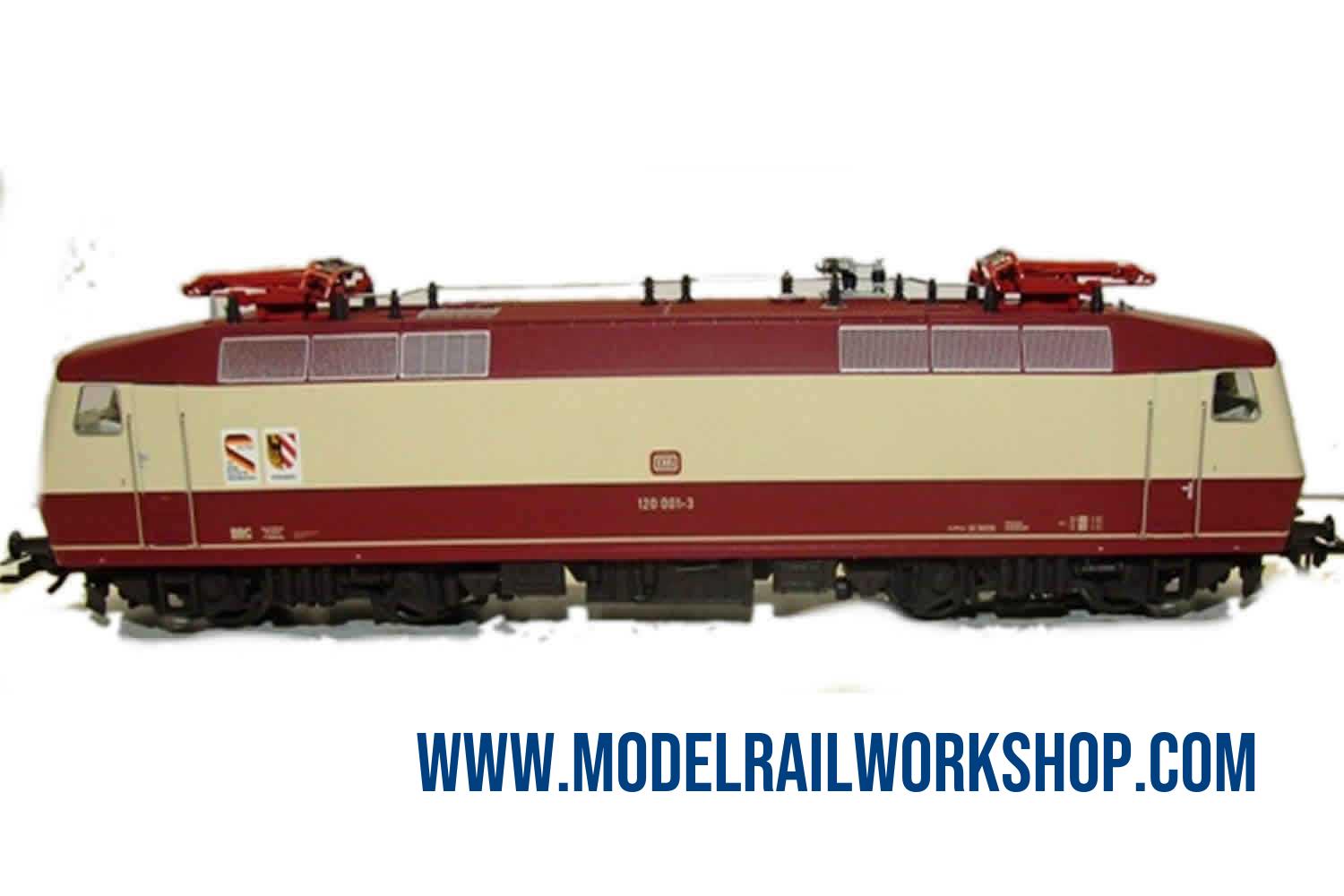
| KEY DATA | |
|---|---|
| Product Name | 37485 Electric locomotive - Class 120 |
| Object type | Locomotive-Electric |
| Product Line | Märklin |
| Era | 1970-1990 (IV) |
| Manufactured years | 2010-2011 |
| Text on object | DB |
| Number on object | 120 001-3 |
| Classification | Class 120 |
| Type of housing | Metal |
| Length | 22.1 cm |
| Technology | Digital MFX |
| Railway company | DE-DB |
| Märklin RRP (Year) | 290€ (2011) |
| Koll valuation (Year) | 155€ (2022) |
| Url to Märklin | Klick to GoTo www.maerklin.de |
| Description | |
|---|---|